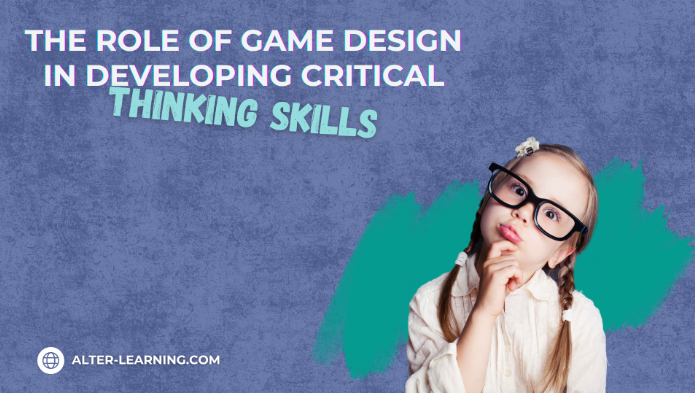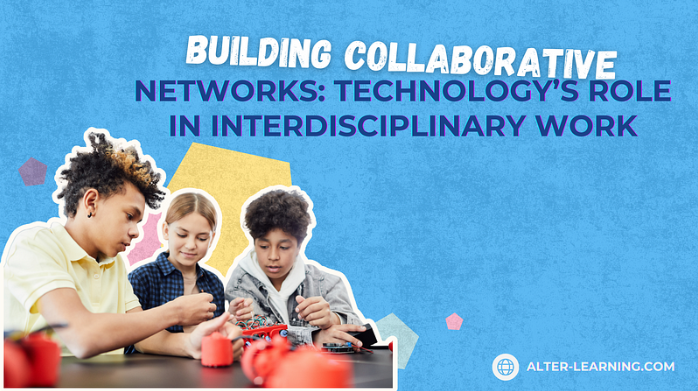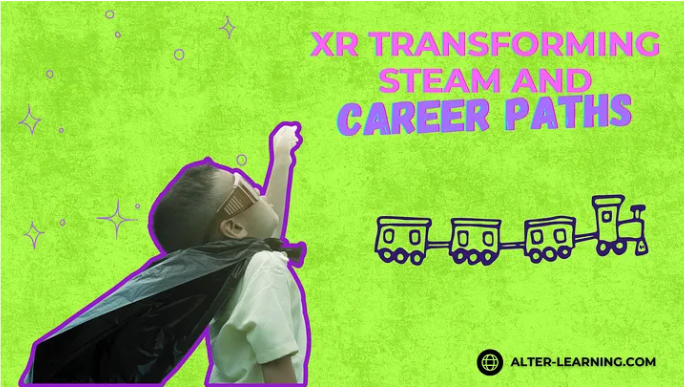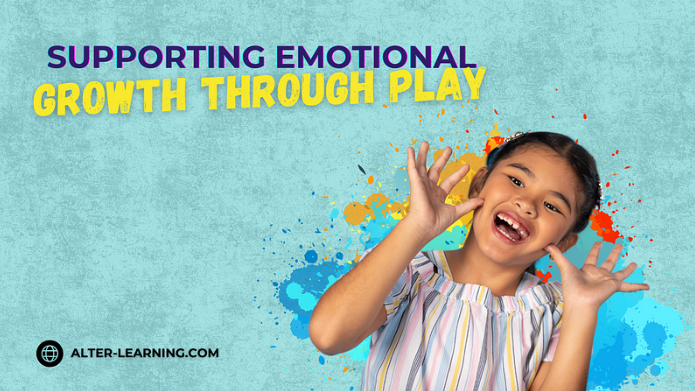In today’s classrooms, critical thinking is more than a desirable skill—it’s essential. As students navigate complex information, solve unfamiliar problems, and prepare for a future shaped by rapid change, they need learning experiences that foster reasoning, creativity, and decision-making. Educational games, when designed with intention, can offer exactly that. Through interactive challenges, immersive environments, and structured problem-solving, game-based learning can help support the development of critical thinking skills.
But not all educational games are created equal. It’s the underlying game design—the structure, mechanics, and learning integration—that can make the difference between passive entertainment and active cognitive growth. That’s where Alter-Learning comes into play – pun intended.
How Game Design Shapes Thinking
Well-designed educational games are more than just flashy graphics or catchy music. Their structure is built to engage the brain. Players are not simply absorbing information—they are analyzing, experimenting, and reflecting.
Features within strong educational game design that can support critical thinking include:
- Open-ended problem-solving, where students test solutions and learn from failure,
- Puzzle mechanics that require logical reasoning and pattern recognition,
- Decision points that encourage weighing consequences and considering alternatives,
- Adaptive challenges that adjust in difficulty to keep learners in their zone of productive struggle.
By embedding these elements into gameplay, developers can create immersive learning environments that encourage students to think deeply and flexibly.
Encouraging Experimentation and Reflection
Interactive STEAM learning tools often incorporate challenges where students must apply science, technology, engineering, arts, or math concepts to progress. But rather than giving immediate answers, these platforms can create space for experimentation—a key component of critical thinking.
For example, students may:
- Explore interactive physics simulations where they test how force and motion interact,
- Engage with VR math games that challenge spatial reasoning and problem-solving,
- Participate in engineering challenges for students that require building, testing, and refining designs,
- Navigate 3D geometry puzzles that demand both logic and visual analysis.
The process of trying, failing, and trying again—within a safe, engaging environment—can help students develop persistence, strategic thinking, and confidence.
Story-Driven Reasoning
Narrative elements in educational games can further enhance critical thinking by introducing complexity, context, and ethical decision-making. When learners are immersed in a story, they encounter problems that often don’t have simple, binary solutions—mirroring real-world challenges.
Story-based games may feature:
- Moral dilemmas that require players to consider multiple perspectives,
- Historical exploration that connects cause and effect across time periods,
- Science-based missions that link factual knowledge to practical problem-solving,
- Collaborative environments where students must communicate and negotiate to succeed.
These experiences not only teach content—they encourage learners to analyze information, predict outcomes, and make reasoned choices.
Building Transferable Skills Through Play
The beauty of game-based critical thinking is that it doesn’t stay confined to the game. When students practice evaluating evidence, forming strategies, and revising approaches within an interactive environment, they may be better prepared to apply those same skills beyond the screen.
Educational games that emphasize critical thinking can help develop:
- Strategic reasoning,
- Creative problem-solving,
- Systems thinking,
- Adaptability and resilience.
These skills are not only academic—they’re life skills that support success in school, work, and personal decision-making.
Thoughtful Design, Lasting Impact
The role of game design in developing critical thinking isn’t accidental—it’s intentional. When educational platforms are built with purpose, they can transform learning from passive absorption into active exploration. Through puzzles, narratives, simulations, and collaborative tasks, students may gain more than content knowledge—they can build the confidence and cognitive flexibility to face challenges head-on.
With the right design, educational games can be more than fun—they can help shape sharper thinkers, ready to navigate an increasingly complex world.
Follow Alter-Learning for more insights into immersive education, edtech success stories, and the future of learning. Want to explore how VR/AR could transform your school or learning platform? Let’s connect.




